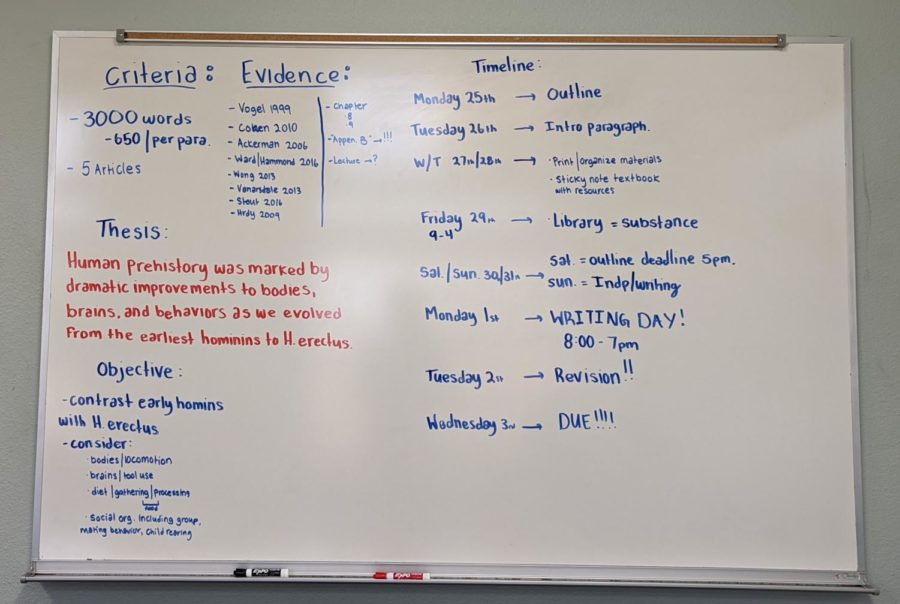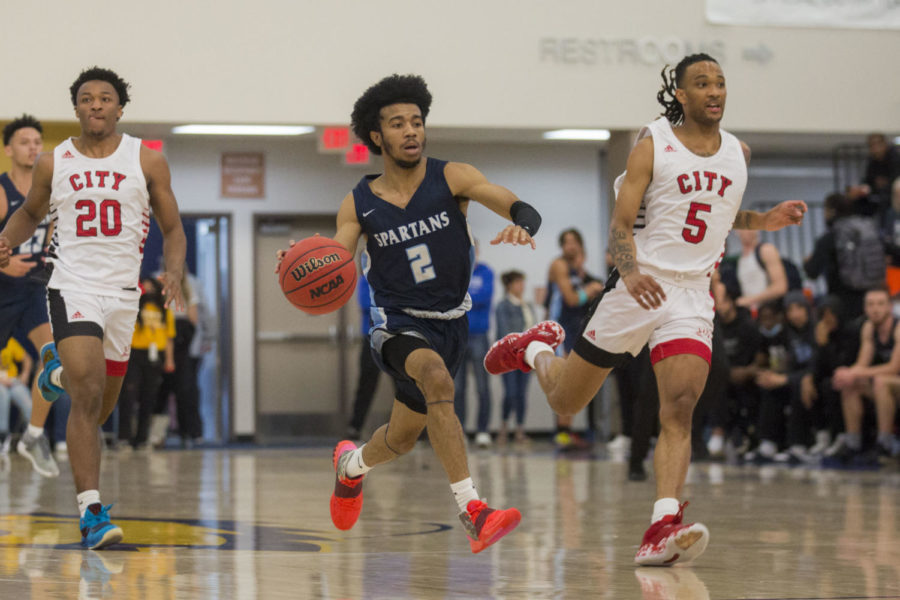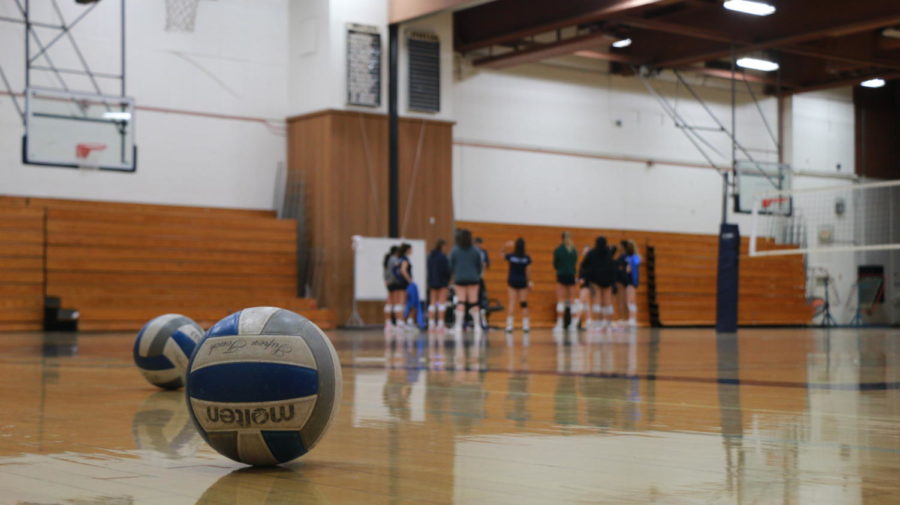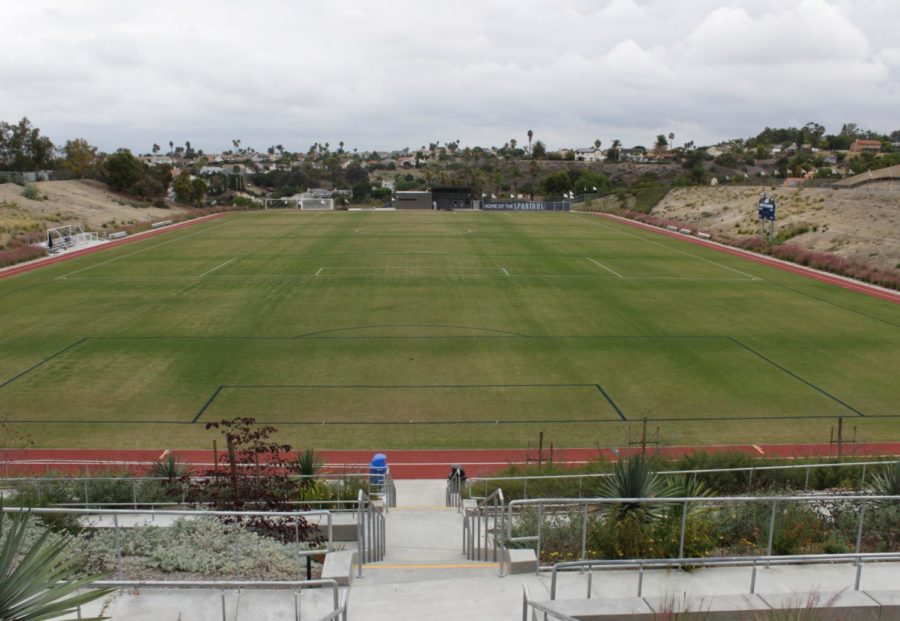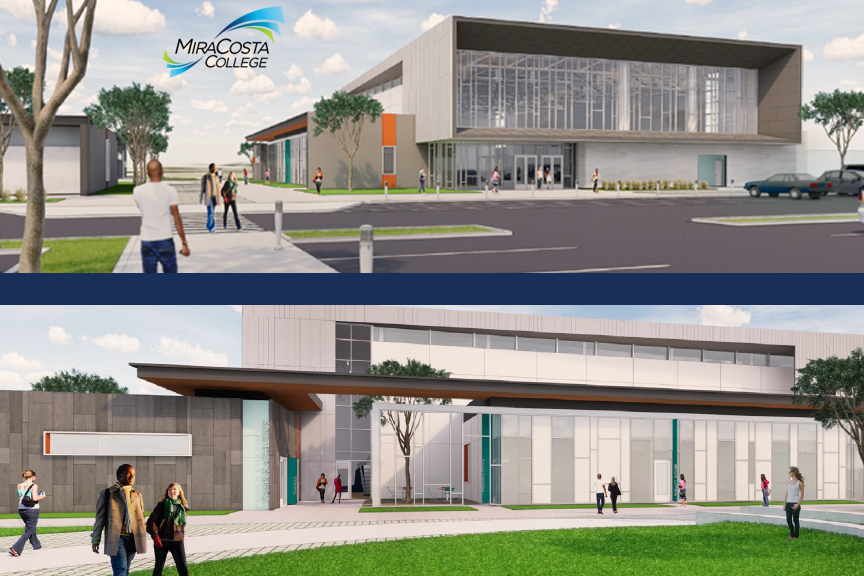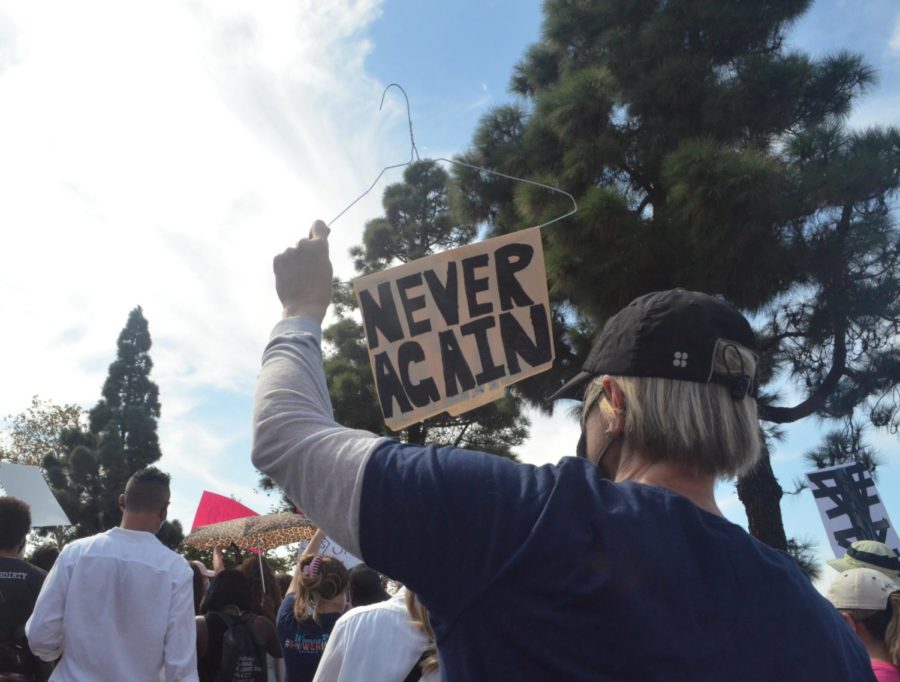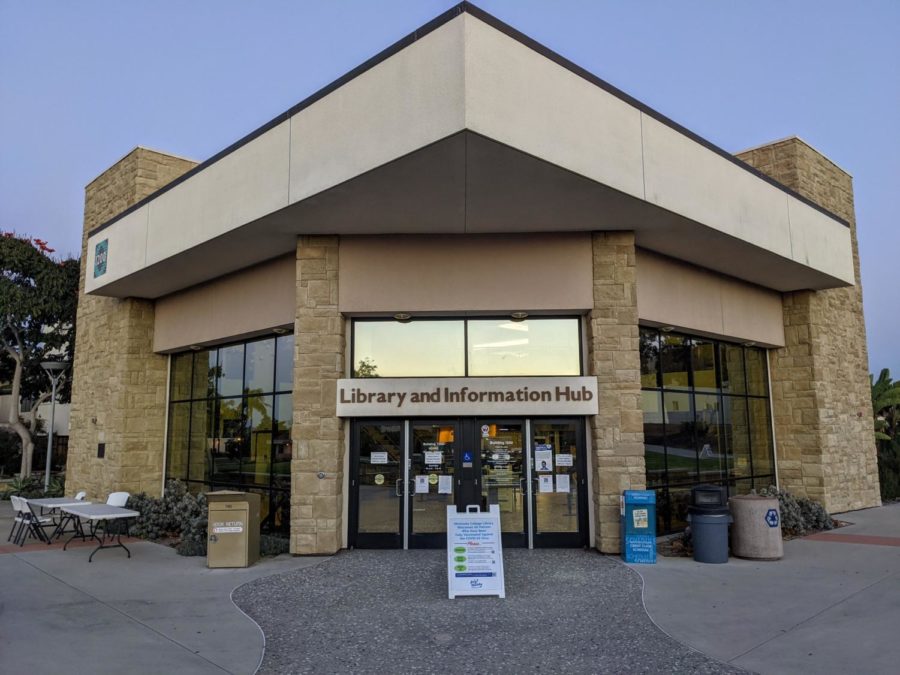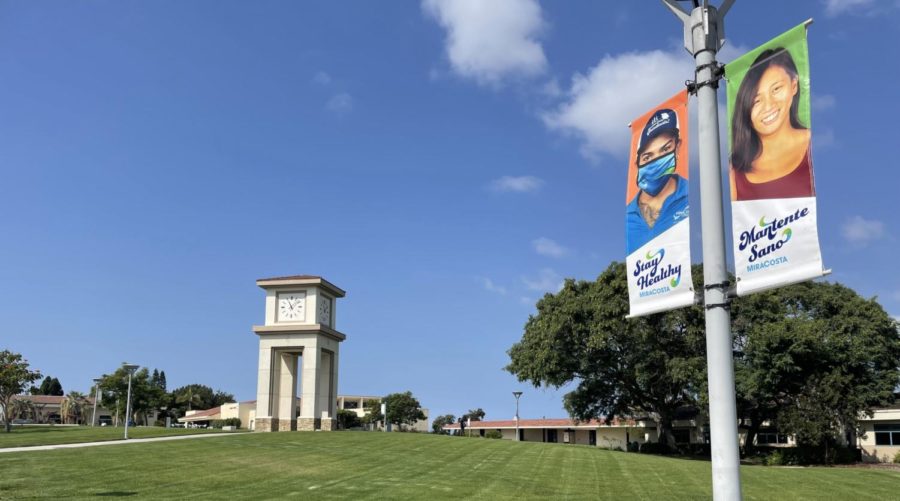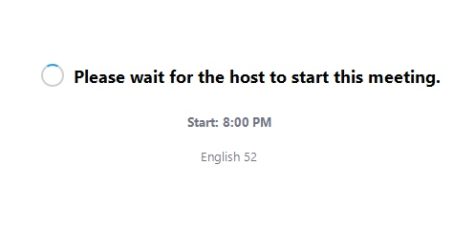Professors bring back what they learned on Zoom
Notes from Miller’s ANTH101H class by student Claire Benham. Whiteboards are crucial to in-person learning, with professors and students making use of them again with the return to the classroom.
Two years after the pandemic started, professors are eager to share what they learned while navigating the world of Zoom. The move to an online environment presented many new challenges and elements to the world of teaching that haven’t been seen before – at least not in the mainstream. With most classes now back to an in-person environment, professors recount what they encountered and what they are bringing back to the classroom.
Jim Sullivan, a professor of English at MiraCosta Community College, shares his experience of teaching to black boxes.
“For me, the most important challenge with Zoom has been convincing students that they will learn more from each other, feel more connected to each other, and succeed at higher rates in terms of their course grades if they turn their cameras on,” Sullivan said. “When we can see each other in Zoom, we can make it a valuable learning experience, but when we are looking at black spaces with names, we can feel alienated from each other and the material.”
Sullivan is not alone in facing this challenge; many students choose not to turn on their cameras. Because of this, professors are more likely to miss nonverbal clues from students, potentially making them unable to tell when students were not understanding a concept. Lynne Miller Ph.D. is the department chair of anthropology. She describes what was lost in Zoom classes.
“There is a real loss of human connection and it’s profound how we have lost ground because of Zoom. It creates a barrier that does not happen in person,” Miller said.
Miller describes a time when she had to get creative to mimic the in-person learning experience.
“I had to do lectures where I really needed a whiteboard. But guess what, I don’t have an enormous whiteboard at my home,” Miller said. “So, I have cleared out a wall in one room and put up big pieces of paper so that I can mimic that environment.”
Beyond just mimicking the in-person environment, professors have to orient themselves to talk to a camera instead of a room of glancing students.
“So, it really requires a lot of creativity and a fair amount of flexibility. But I go into it with the goal of trying the best I can to mimic the classroom environment,” Miller said.
Zoom also presented new opportunities like recording lectures for later usage by students. These recorded lectures can be used in a post-online learning world as well.
“Students really value the opportunity to come to class, interact with the professor, interact with each other, interact with the material,” Miller said. “But it is a wonderful buffer for them to know that if they need to see the material again those videos are available.”
On top of recordings, Sullivan describes the other uses of Zoom he would like to bring to his in-person classes.
“Video work in Zoom can be a very effective tool for collaborating on drafts, google docs and other documents and projects,” Sullivan said. “I would like to see us facilitate this kind of screen sharing in class by setting up group stations with monitors and seamless wireless connectivity so that students could share drafts with each other directly from their phones, laptops, or tablets in the classroom – just as easily as we did in Zoom,”

Lydia Schmidtler has been a student at MiraCosta for one year. She was born and raised in Southern California and is currently a sophomore in high school....
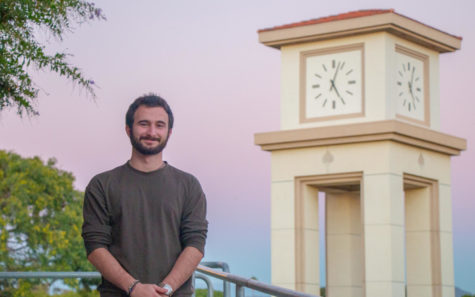
Jason Kanetakis is currently in his sophomore year at MiraCosta College. He was born and raised in Greece, having moved to and lived in Carlsbad since...

